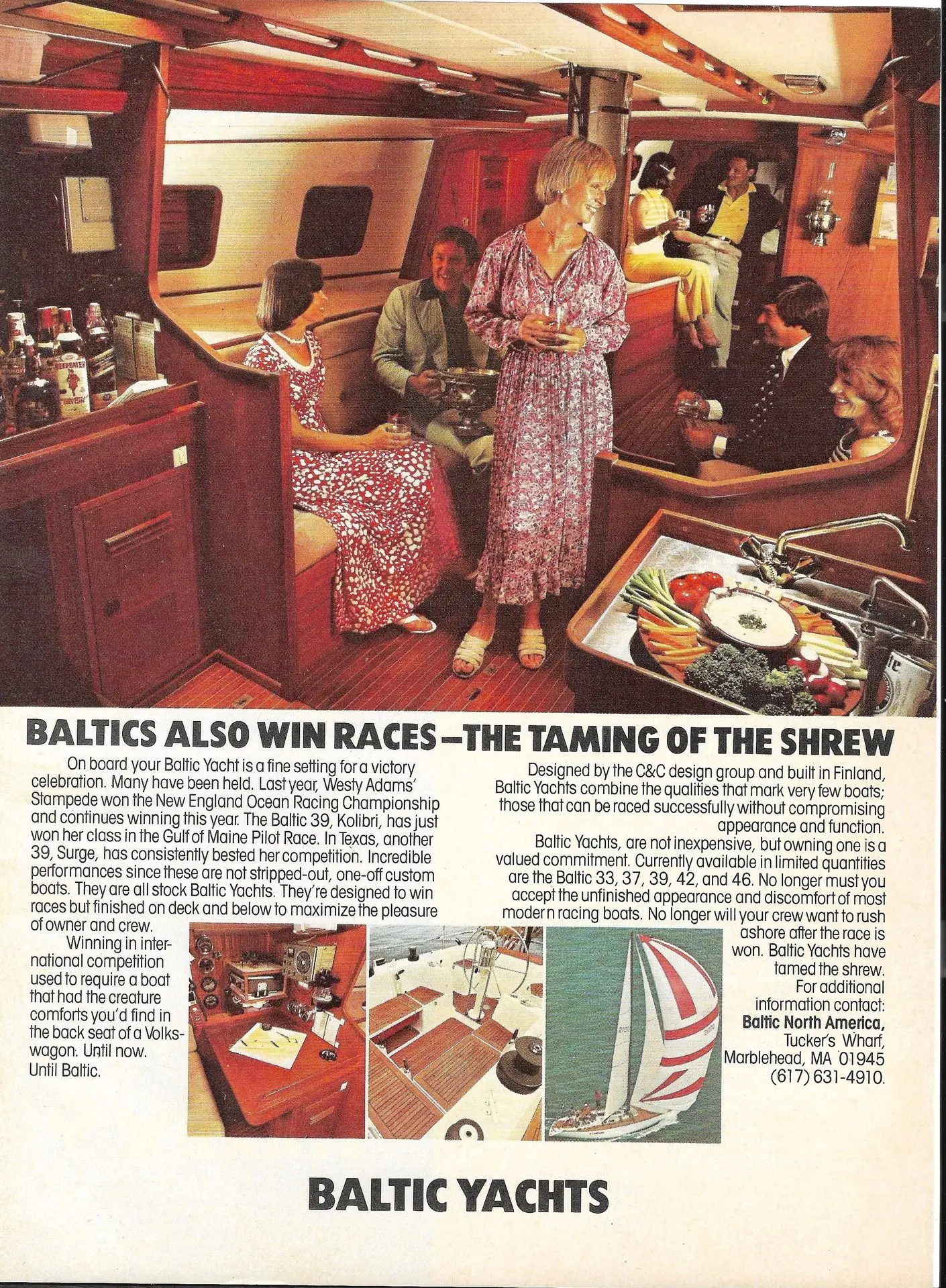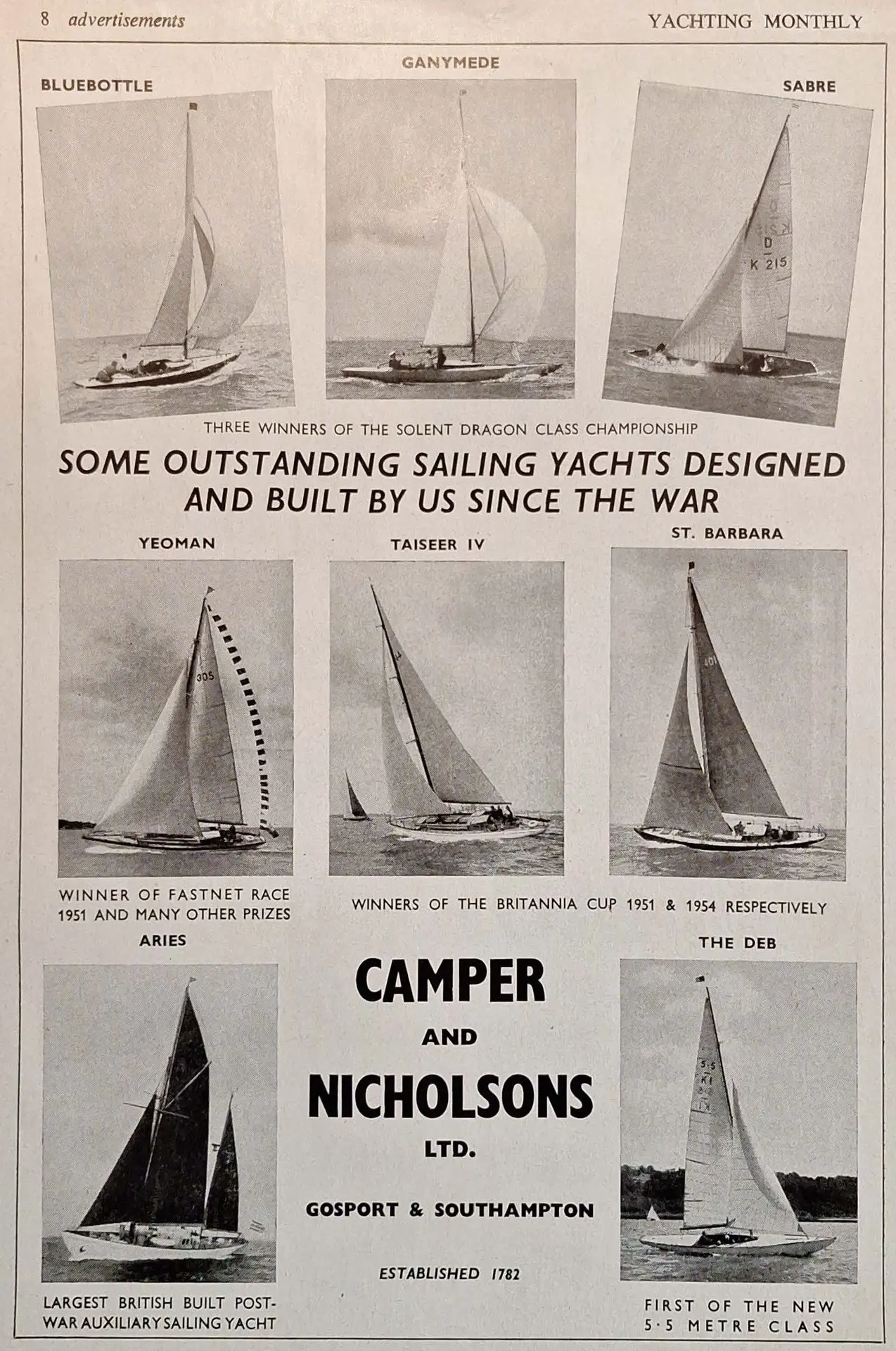Style Examples
CLASSIC IOR AND PRODUCTION BOATS
The development of sailing not only as a sport accessible to everyone and for all economic backgrounds, but as a true 'lifestyle of sustainability and values' is essential for its future and, looking at the global economic horizon, for the workforce involved. Sailing as an extreme and elite sport and the production of high-quality yachts solely for luxury and large sizes is legitimate, but it targets a different audience compared to sailing for all and is light-years away from this goal.
The same approach can be applied to the survival and future of classic yachts and the professions that allow for their maintenance.
The connection between classic sailing and sustainable sailing is therefore a strategic rather than normative matter. It is therefore not about trivializing the classic yacht as simply old and poorly maintained boats, or without regard to their originality, but about identifying a sustainable concept and common-sense criteria for what a classic yacht can be if well maintained and accessible to everyone.
The example of what happened to the sailing world during the IOR period is emblematic.
Historically, the 'sailing for everyone' movement actually began between 1960s and 1970s, when favorable regulatory and tax policies applied to the sector (particularly in some countries like France) combined with the application of performance criteria (as defined by the IOR), and with projects for mass-produced boats made from composite materials, designed with great attention to livability and handling for cruising.
Among the most important individual boats of the IOR, we remember (source Nautipedia):
- Brava: Considered an icon of the IOR, it was the first major project of the Vallicelli studio.
- Ganbare: Revolutionary project by Doug Peterson from 1973 that inspired the entire first generation of IOR.
- Histria: A prototype of the Two Tonner IOR built in 1976 by the Petronio and Pecarich shipyards.
- King Arawak: A 58-foot sloop designed by the Sciomachen studio in Bologna.
- Joshua II: A boat by Salvatore Caradonna.
- Ziggurat 995: An evolution of the Ziggurat 916, designed by Andrea Vallicelli and produced by the CPR shipyards in Fiumicino.
- First Class 12: An IOR 40' designed by Groupe Finot, launched by Beneteau in 1987.
Over the course of about 30 years of the IOR, there has been a coexistence with historic one-off racing yachts, alongside the flourishing of projects inspired by IOR performance but developed by entrepreneurs and their respective shipyards, which have enabled the boom of sailing for everyone.
For this reason, the series production of yachts designed according to IOR criteria by prestigious designers for the shipyards of the time has become, both then and even more so today, true floating myths. The IOR period was indeed a union of style and performance even for the general public.
The firms that have made history in these IOR class production models are of the highest rank. Just to name a few as examples: Olin Stephens, who, along with Drake Sparkman, founded the legendary partnership S&S, the Camper & Nicholson team, Ron Holland, Dick Carter, Ricus van de Stadt, Gustav Plym, Bruce Farr, Andre Mauric, Judel/Vrolijk, Jean-Marie Finot, German Frers, and in Italy, Danilo Cattadori, Andrea Vallicelli, and Epaminonda Ceccarelli.
Along with these designers, the shipyards that produced these IOR series excellences were created by entrepreneurs who made history and fueled the dreams of many sailors during those golden years. The Nautor Swan, the Baltic, the Sweden Yacht, the First lines of Beneteau, the Wauquiez, the first X-Yachts, and in Italy the legendary Alpa, the Grand Soleil from Cantieri del Pardo, the Brigand, the boats from the Craglietto shipyards in Trieste, the Nordcantieri in Avigliana, the first ECs, and many others are some examples of the dreams in the minds of many sailors from those years.
About 40 years have passed to date, and the charm of those sails remains unchanged; today, they are among the aforementioned models that serve as references for the new Classic Yachts.
Below we offer some links with 'style examples' related to shipyards and models from our 'Yacht Classic' Fleet:
(Images taken from examples of promotion of classic sails from the era)



